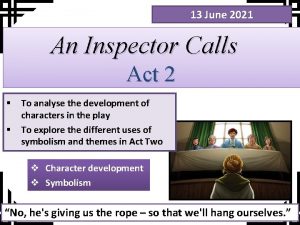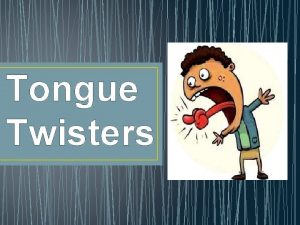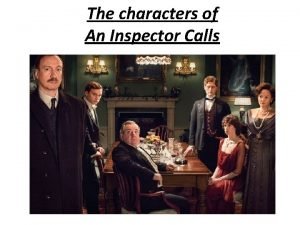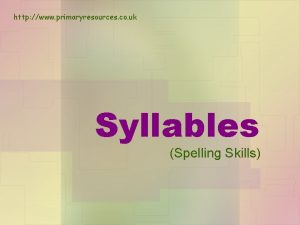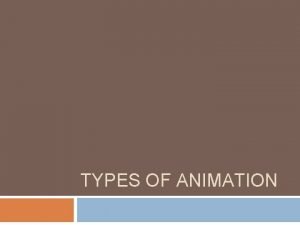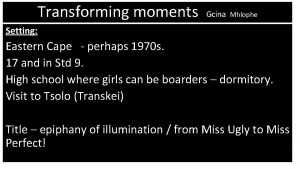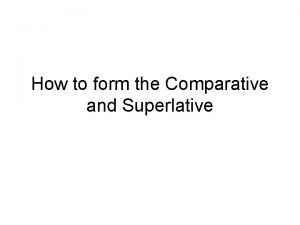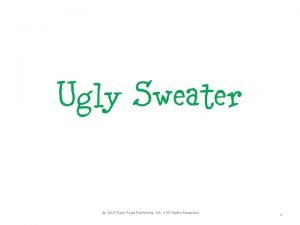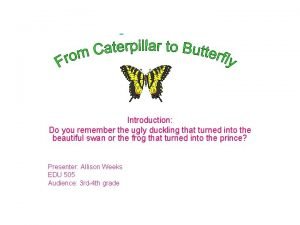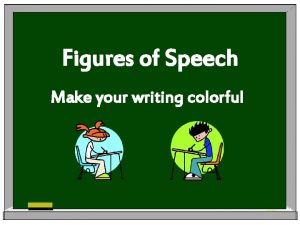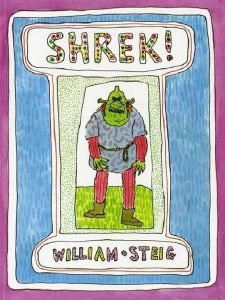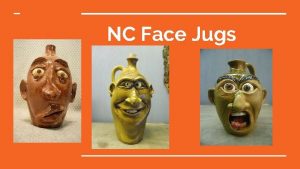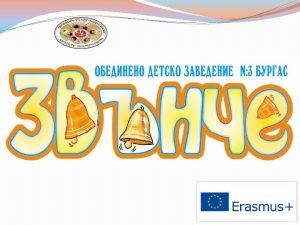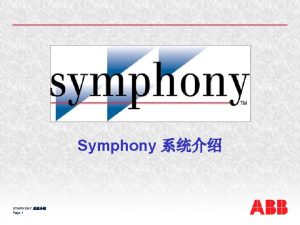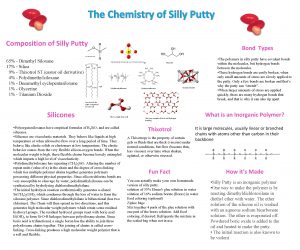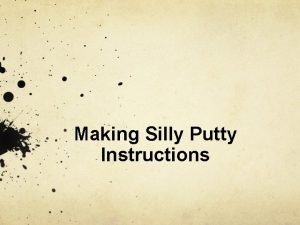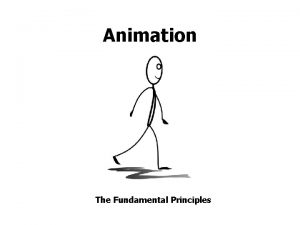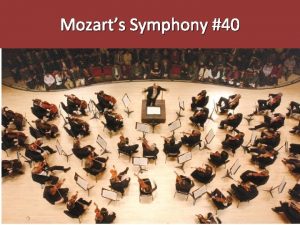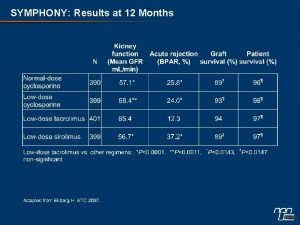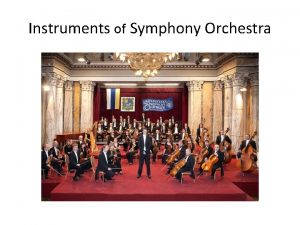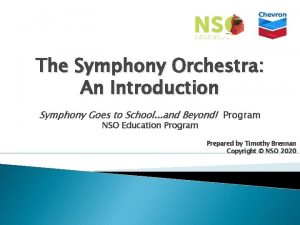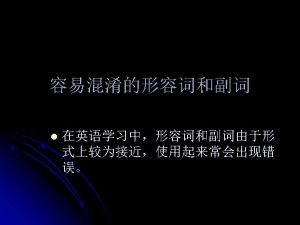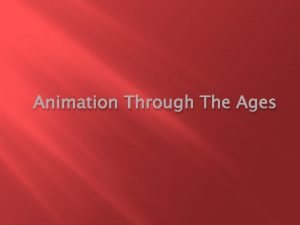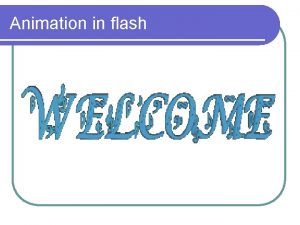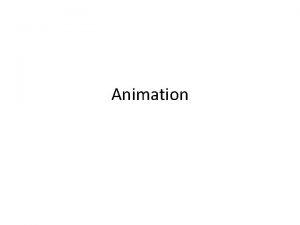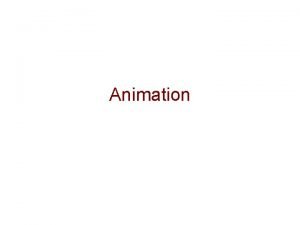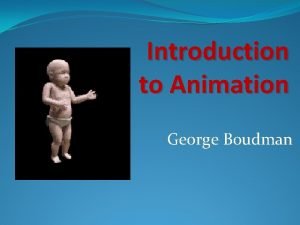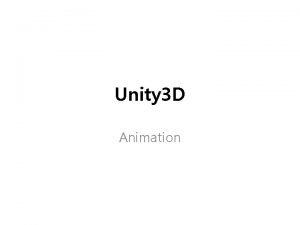54393 Principles of Animation Silly Symphony The Ugly
























- Slides: 24

54393 Principles of Animation Silly Symphony The Ugly Duckling (1939) W 13 Designing Sound for Animation Production Dr. Manuel Hernández-Pérez School of Arts

Intro • There’s a long history of animation and its relationship to the music • It began with the Steamboat Willie (1928) and its Mickey Mousing (synchrony between a character movement and a musical theme). Click Track is a master guide to be referenced any sound in the film scene • The explosion of musical animated films is likely linked to the success of musical genres through the 1935 -1955. 2 http: //en. wikipedia. org/ wiki/Silly_Symphonies

Sound & Animation Sound in Production Frameworks Producers (Executive Producer, Producers) Film Director Scriptwriter Music Composer 3 Sound Designer (& Team)

Designing Sound for Audiovisual Productions (Sonnenschein, 2001) «Listen to Different Voices» V 1 A 1 Sounds - People, Objects And Action ACTION A 2 Environments LOCATION A 3 Words and Dialogue EMOTION A 4 Physical or Dramatic Transitions NARRATIVE KEYS 4

Case Study 01 Sound Design Classic Animation 5

Script Reading EXT. Harbour NIGHT Wolf Cries (desperate) They Sing ‘Who's Afraid of the Big Bad Wolf? ’ Everything is (or must be) on the Script 6

Grouping the Voices THE WOLF 3 Little Pigs Death / Fear Wolf Cries Happiness / Joy / Youngness Pig sounds Sniffing Blow out THEME: the bad Wolf Dancing /Whistles THEME: song ‘Who's Afraid…’ 7

Drawing Visual Maps THE WOLF We meet the Wolf comes Little into the pigs picture Dramatic tense: the house n 1 house n 2 house n 3 Happy Ending 3 Little. . 8

Making the Sound Map S 01 SCENE / TAKE_____ TITLE______ FXTRACK____ 1 12 1 S 03 SCENE / TAKE_____ TITLE______ TRACK____ FOLEY ____________________ 00: 35: 12 wolf cries ____________________ ____________________ 01: 22: 06 RING ____________________ 14 2 PHONES 9

Meeting with the Team Who is the boss ? ? Who has the last word ? 10

Designing Sound for Audiovisual Productions (Sonnenschein, 2001) Designing Process (SUMMARY) 1. 2. 3. 4. 5. Script Reading Defining the «voices to listen» Grouping the Voices Drawing Visual Maps Meetings with the Team 6. SOUND MAP 11

Case Study 01 https: //www. youtube. com/watch? v=ll. UJb 3 VKSBQ#t=36 s Designing Dialogues 12

Lyp. Sync • SOME EXAMPLES http: //www. cartoonsolutions. com/store/catalog/L ip-Sync-Mouth-Animation-sp-79. html http: //www. adobe. com/devnet/flash/articles/lipsync-smartmouth. html http: //www. animationtaco. com/animation/1 seme ster/animation 5. html 13

http: //www. animationtaco. com/ animation/1 semester/animatio n 5. html 14

Remember some Things • Phrasing: you have to get the feeling of the word not showing every letter. Animate just the important sounds • Change the mouth shape at the first letter http: //www. lipsync-mx. com/ • Use at least 2 frames for important consonants • Always place the mouth shape 1 -2 frames BEFORE the sound 15

Case Study 03 Sound FX https: //www. youtube. com/watch? v=MBwmlg 5 F 1 LE#t=6 s 16

Recording Sound Traditional Solutions Include: On-location dubbing • Wild track Alternative Production Take http: //vimeo. com/46897681 Post-Produccion dubbing • Studio Recording • Looping / ADR (Automated Dialogue Replacement) • Sound Libraries • OST • Music (not Original Sound. Tracks) 17

Exporting Sound ADOBE PREMIERE Sound Editing B 1 - Synchronize Audio-Video B 2 - Adjusting the Volume B 3 - Narration & Music 18

B 1 Methods for Synchronizing: • Markers (Clip and Timeline) • Nest a sequence • Transcodification 19

B 2 Adjust the Sound Volume: • Normalization / Audio Gain • Peak Levels 20

B 3 Narration and Music: • What’s the most important voice/sound track? • Manage the tracks • Volumen level difference. Music must be -12 db in relation to dialogue 21

RECOMENDATIONS How to Export Video & Audio in Adobe Premiere 1. Review the timeline (last updates, FX activates, range of exportation) 2. Select Target / Formats 3. Prepare as many sequences as outputs formats you would need 4. Select Preset and modify it (if necessary) 5. Exportation Queue 22

Summary • Animation Principles are the same for 2 D production and 3 D / CGI • Lip Sync is based on human perception and use the combination of 5 -8 prototypical mouth shapes • Music and OST are an important part of the history of the animated media since 1935 • Sound Designing follows up several steps in order to provide the production links between the storytelling and the animator’s work 23

Sources • Coyle, Rebecca. "Introduction: Audio Motion: Animating (Film) Sound. " In Drawn to Sound : Animation Film Music and Sonicity, edited by Rebecca Coyle. 2010. • Lasseter, John. "Principles of Traditional Animation Applied to 3 d Computer Animation. " Computer Graphics 21, no. 4 (1987): 35 -44. • Sonnenschein, David. Sound Design. The Expressive Power of Music, Voice and Sound Effects in Cinema / Performing Arts / Music. Studio City, CA: Michael Wiese Productions, 2001. 24
 We really must stop these silly pretences
We really must stop these silly pretences Silly farah insect
Silly farah insect Boys+boys=silly equation
Boys+boys=silly equation Kagan silly sports and goofy games pdf
Kagan silly sports and goofy games pdf He threw three balls
He threw three balls Arthur birling
Arthur birling How many syllables in mummy
How many syllables in mummy Traditional animation vs computer animation
Traditional animation vs computer animation Beautiful ugly flashcards
Beautiful ugly flashcards The transforming moment
The transforming moment Ugly bad
Ugly bad Tall superlative
Tall superlative Plank road publishing
Plank road publishing Ugly caterpillar beautiful butterfly
Ugly caterpillar beautiful butterfly The ugly duckling introduction
The ugly duckling introduction You looked pretty ugly in that dress.
You looked pretty ugly in that dress. Ugly wmo
Ugly wmo Rhea riordan
Rhea riordan Snake in shrek
Snake in shrek Ugly school uniforms
Ugly school uniforms When atticus speaks of defending tom
When atticus speaks of defending tom Once upon a time i was ugly
Once upon a time i was ugly Ugly jugs history
Ugly jugs history Vertical solutions
Vertical solutions Color symphony experiment
Color symphony experiment
